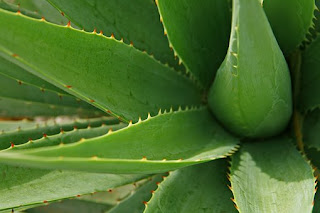Scientific name: Ilex paraguayensis
other names: cimarrón, Paraguay cayi, Paraguay tea, Jesuit’s tea, South American holly and St. Bartholomew’s tea
Description:
"Yerba" means herb. Yerba leaves are dried, chopped, and ground into a powdery mixture. While "mate" refers to the gourd in which the infusion is traditionally prepared and drunk. The gourd is first filled one-half to three-quarters of the way with yerba. Then cold water is added to moisten the leaves and protect the nutrients and flavor of the herbs. Hot water (never boiling) is then added. One can pour hot water to the same herbs as many as ten times before they lose their color and taste.
Yerba belongs to holly family which are grown wild Paraguay, Uruguay, Argentina and Brazil.
Parts used:
Dry leaves
Medicinal properties:
Yerba mate is a herbal tea claimed to have many medicinal properties and health benefits.
It contains several vitamins and minerals including Beta-carotene (vitamins A), B1, B2, C and E, as well as iron, phosphorus and calcium.
Yerba mate also aid in mental alertness and stimulates the memory. It has three active xanthine alkaloids and is known as a coffee alternative but without the negative effects associated with caffeine.
This herbal tea contains significant levels of polyphenol antioxidants, as well as antioxidant chlorogenic acid and is said to have a higher antioxidant property than green tea.
Yerba mate helps boost the immune system, helps relieve allergies, improves digestion, regulates appetite and is a mild diuretic.
THOUGH THE CONTENT OF THIS BLOG HAD BEEN TRIED/TESTED AND HAD BEEN USED
AS FOLK/HERBAL MEDICINE IT IS STILL BEST TO CONSULT YOUR DOCTOR BEFORE TRYING THIS. AVOID SELF-DIAGNOSIS AND SELF-MEDICATION.










